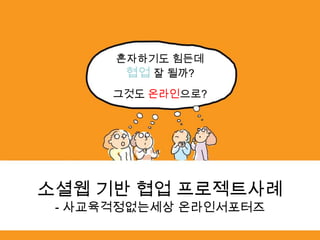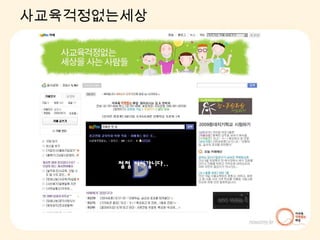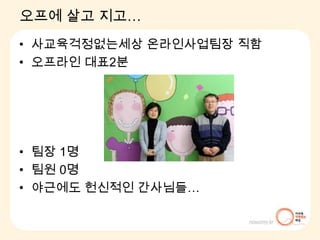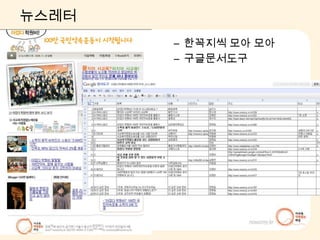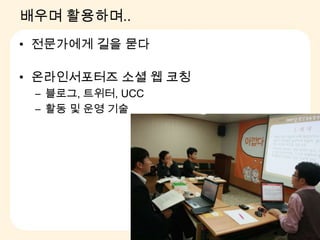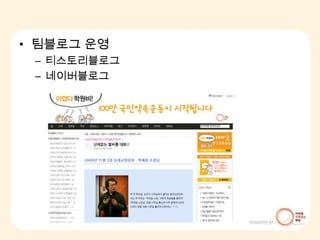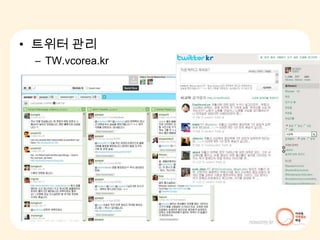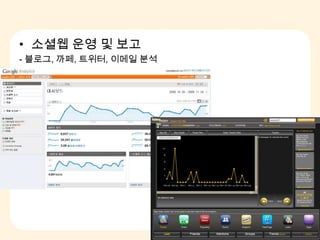??? ?? ?? ??????
- 1. ????? ??? ??? ?????? ????????? ?? ?? ?????? - ????????????????
- 3. ?????????
- 4. ??? ?? ??´????????? ??????? ?????? ??2??? 1??? 0????? ???? ????´
- 5. ??? ???? ?? ??? ???@@??? ?? ? ???´
- 6. ?2.0 ??????????? ?? ?? ?? ?? ??? - ?????- ?? ????- ???- ???- ??
- 8. ??? ?? ?? ???? ??? ???
- 9. ???????? ?????? ?? ??? ?? ??? ?? ?????
- 10. ??? ??????? ???????????????????? SMS???? ??????? ???
- 11. ??1. ??? ???
- 13. ??? ????..????? ?? ??????????? ? ?????, ???, UCC?? ? ?? ??
- 17. ??? ?? ? ??- ???, ??, ???, ??? ??
- 18. ??? ?? ??? ?? ? ?? ??

